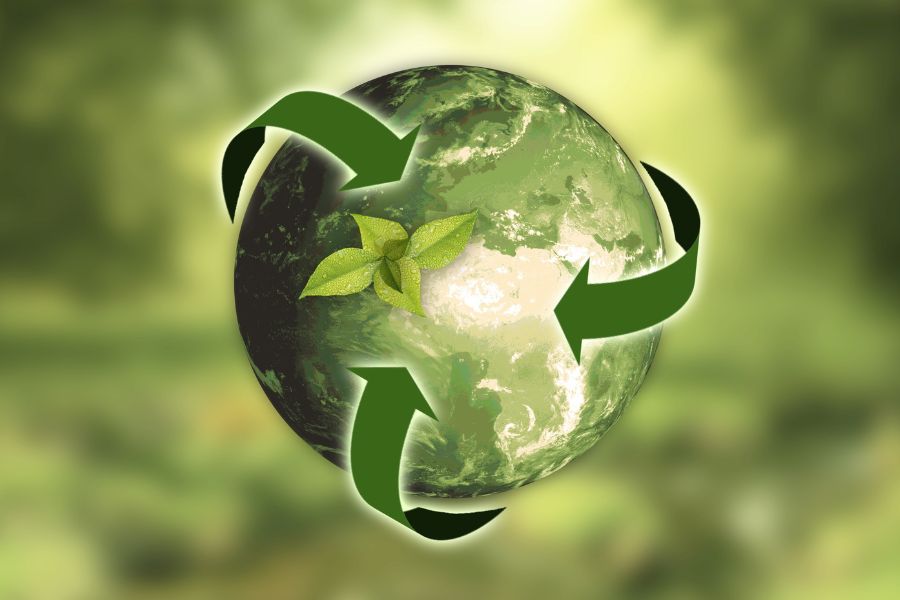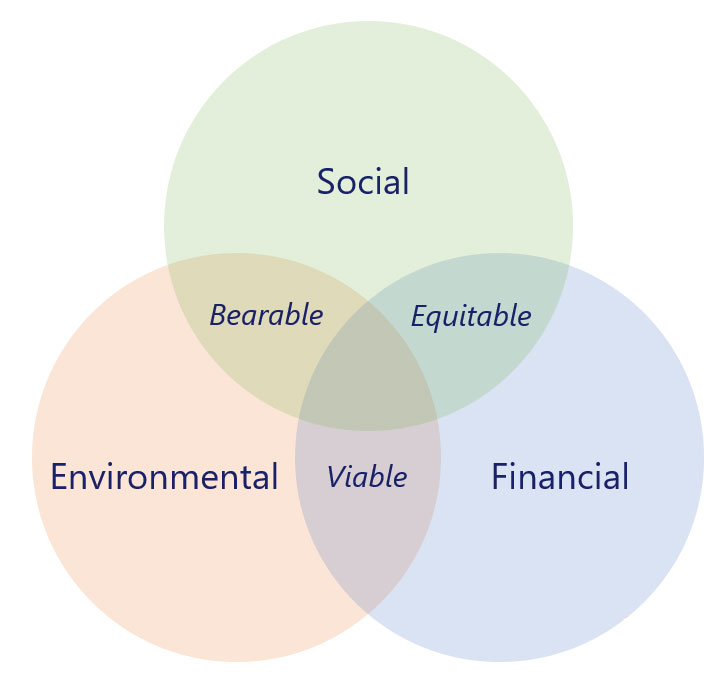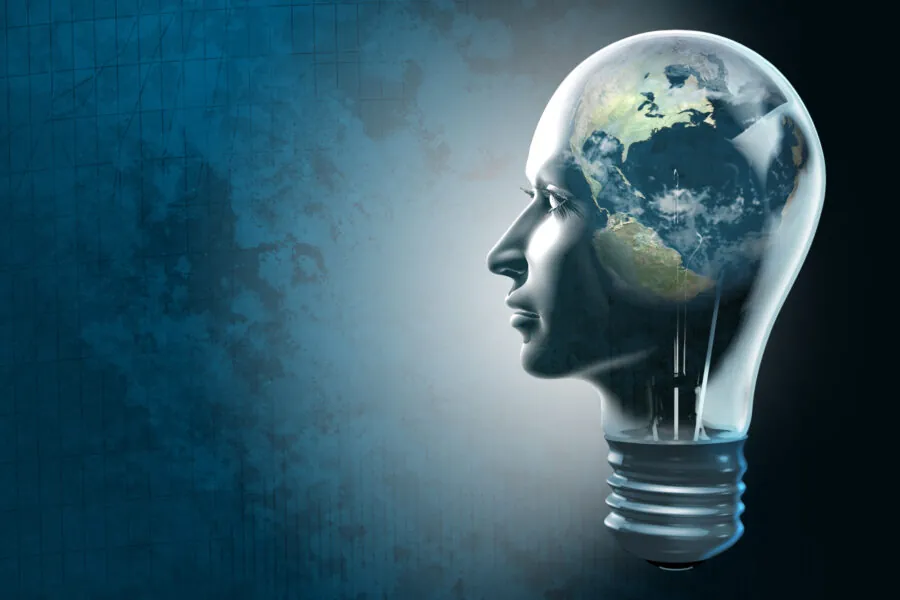Sustainability: Technical Solutions Empowering Human Systems

Why is sustainability important? The answer is simple. Sustainable organizations outperform their competitors by balancing economic returns with social and environmental success. Sustainable organizations’ employees are more productive and produce higher quality work, resulting in four times the sales growth and eight times the employment growth of unsustainable organizations. They are also more resilient to changing conditions and better positioned to succeed over time.
How does sustainability help my organization?

Sustainability adds two more bottom lines to the picture.
The obvious one is the environment – we don’t want to damage it in ways that reduce our quality of life or impede our ability to do business. Then there is the social element, which considers the well-being of stakeholders, employees and the community.
These three elements combine into a triple bottom line. Sustainable organizations are those that strive to strike a long-term economic, environmental and social balance.
How is sustainability achieved?
Sustainable organizations share five qualities that I call the “Five M’s:” Mission, Management, Motivation, Metrics and Momentum.
1. Mission
First, you need to clearly define sustainability and what that means to your organization – how will you balance your triple bottom line? The answer is crucial because it clearly outlines the priorities and initiatives your organization will focus on. These conversations need to happen first.
A mission statement is a great way to document the results of these conversations. It establishes where your organization is now and what you are doing near-term to move towards sustainability.
Then, you should define your organization’s vision. Where do you want to be down the road?
During the development of these components, common themes arise. Some organizations will start by emphasizing the economic benefits of sustainability. Others are worried about environmental risks. Increasingly, organizations are also focused on social aspects and evaluating how operations affect staff and the community.
Ultimately, organizations are more successful when they think about all three components of the triple bottom line when developing their mission and vision – economic, environmental and social.
2. Management
It is crucial for leadership to make sustainability a priority and voice their support. No one likes to feel that they are out on a limb.
But bottom-up management is equally as important.
Employees involved in day-to-day operations have unique insight. They often know how to quickly boost sustainability performance at no or low cost.
They need to be empowered to communicate their ideas upwards and receive the resources necessary to make improvements.
In a top-down/bottom-up organization, everyone has a way to be heard and understand that they are an integral part of the process.
3. Motivation
Based on the common themes you discovered during the development of your organization’s mission and vision and the input collected from leadership and employees, determine your motivators.
If you are motivated financially, then sustainability can help you save money – even generate new revenues.
If you are motivated by environmental risk, sustainability can show the way to turning a threat into an opportunity.
Paying attention to the social side of sustainability can help make your employees more productive, attract more motivated workers and keep stakeholders happy.
You’ll likely be motivated by a combination of factors but knowing what is most important will allow your organization to create specific, actionable goals for your sustainability program.
4. Metrics
You can’t manage what you can’t measure.
Good data and sound analysis is the path to discovering opportunities that transform an organization.
Measuring and communicating success is also an important part of the process.
Every recommendation should be accompanied by a metric that is trackable and reportable over time.
The data demands of a high-performance sustainability program can be dauting, but a database can help collect and manage the data that is most valuable to you. A dashboard can help report your progress to stakeholders.
5. Momentum
You’re on a mission. Management is on board, and everyone is motivated to move forward. You’ve got metrics to measure your progress. Now what?
You keep going! Once you have a promising portfolio of sustainability initiatives, understand the life-cycle costs and benefits and are actively measuring results, then it is easier to make the case for resources. Achieving sustainability goals is not easy and resources – financial and human – are indispensable for keeping your sustainability program going.
New budgets, revenue streams, grants, incentives, and innovative project delivery methods are available to organizations prepared to make a business case for sustainability.
A revolving fund, which reinvests some of the benefits of high return-on-investment sustainability initiatives into new opportunities, is a great option to keep your sustainability efforts on a path of continual improvement.
How can RS&H help your organization?
RS&H’s consulting services help you develop the Five M’s by combining proven technical solutions with intensive collaboration that empowers the organization.
Those solutions include energy, commissioning, water and wastewater management, clean fuels, greenhouse gas management, climate resilience, and environmental services.
We work side-by-side with organizations to uncover attractive opportunities.
We engage with stakeholders to design practical solutions.
And, we build internal capacity that achieves enduring results.
Technical solutions empowering human systems – that’s how RS&H can help you succeed over the long-term.
Learn more about sustainable solutions or sign up for our blog below so you never miss an update.




